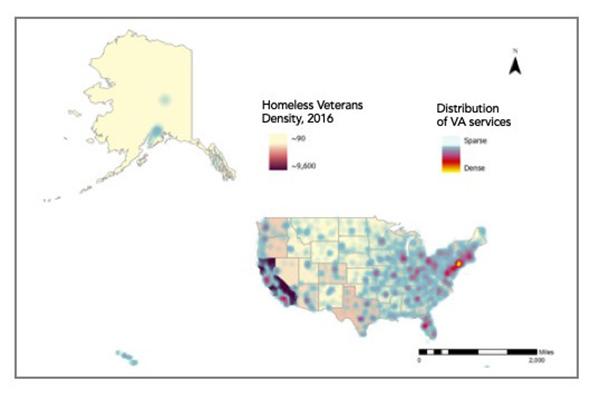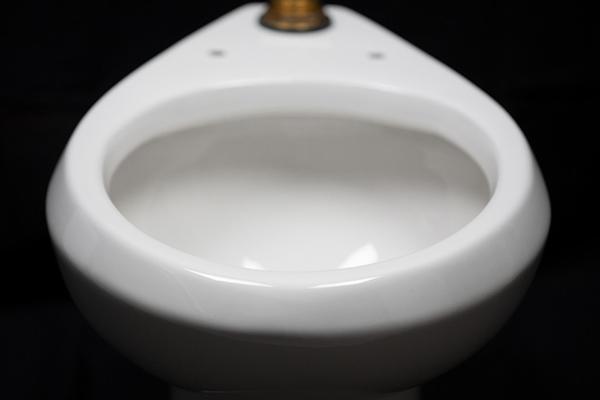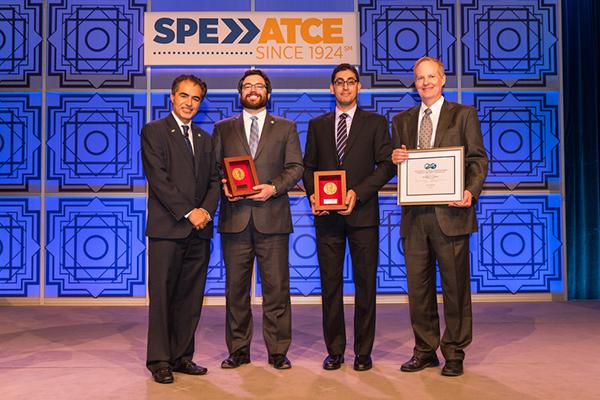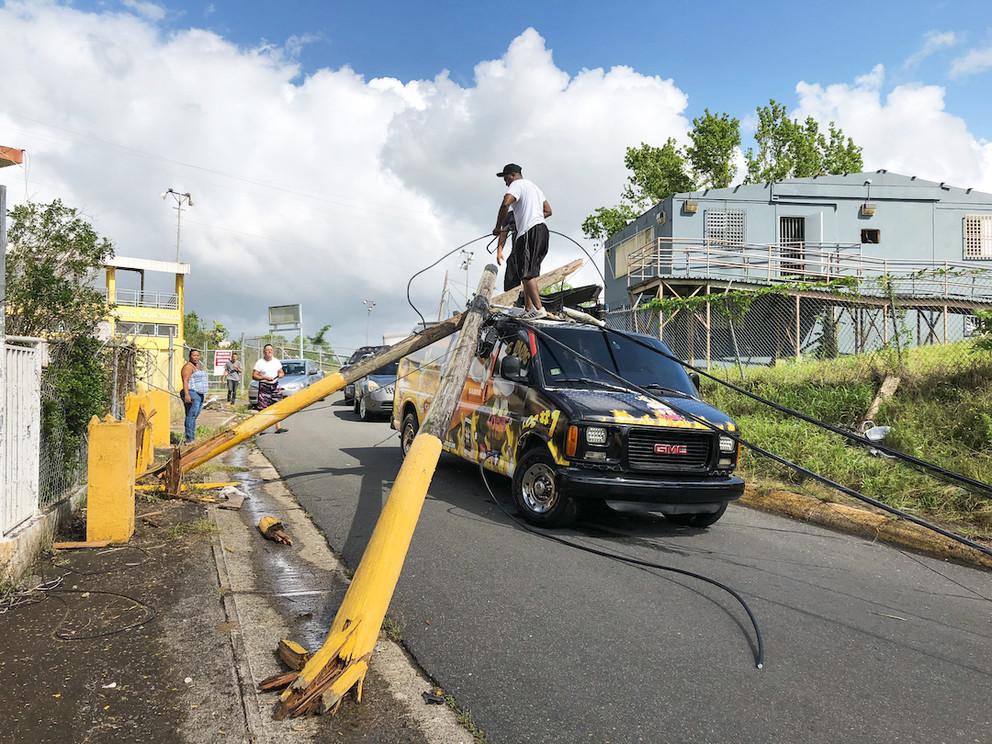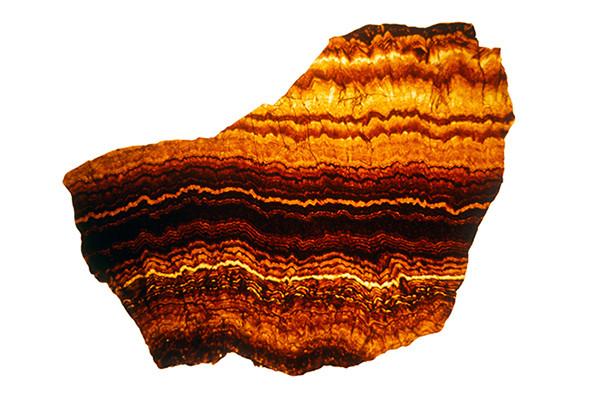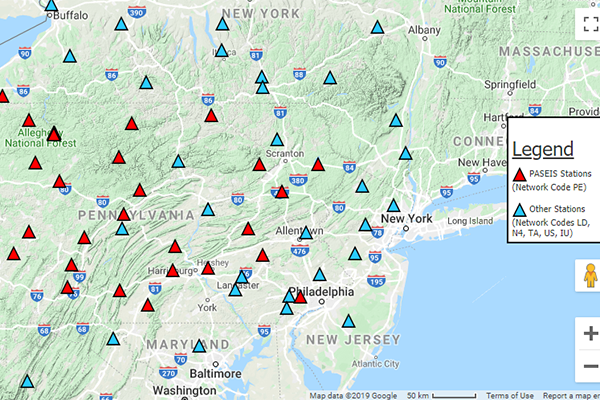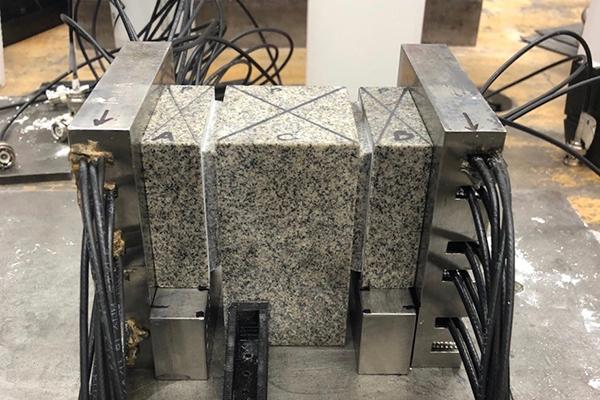Female veterans are the fastest growing demographic among the homeless population in the United States and face a double hurdle of distance and invisibility in getting the health services they need, according to research conducted by Penn State graduate student.
Every day, more than 141 billion liters of water are used solely to flush toilets. With millions of global citizens experiencing water scarcity, what if that amount could be reduced by 50%?
Hamid Emami-Meybodi, Michael Cronin, and Russell Johns recently received awards from the Society of Petroleum Engineers (SPE) for the best paper published in 2018 in a SPE journal.
As the number of extreme weather events associated to climate change continues to grow world-wide, it is becoming increasingly important that institutions of higher education reflect on their role both before and after catastrophic events.
Final plan approval and funds for completion of the James Building replacement on University-owned property in downtown State College was granted by Penn State's Board of Trustees Committee on Finance, Business and Capital Planning (Nov. 14).
Leon Clarke will discuss the agreement’s implications for U.S. emissions and the role of cities, states and businesses in climate mitigation at the next EarthTalks seminar at 4 p.m. Monday, Nov. 18, in 112 Walker Building.
Equilibrium climate sensitivity — how sensitive the Earth's climate is to changes in atmospheric carbon dioxide — may be underestimated in individual climate models, according to a team of climate scientists.
Changes in groundwater millions of years ago created alternating layers of vivid yellow and brown in the mineral sphalerite, and those variations align with movements in Earth’s orbit that impacted climate in the deep past, Penn State scientists found.
When a seismic event occurs in the commonwealth, the Pennsylvania State Seismic Network (PASEIS) is the first to know.
A team of Penn State researchers will soon have a better understanding of the deformation properties and poromechanical behavior of rock samples containing anhydrite, thanks to a $450,000 Chevron grant.


